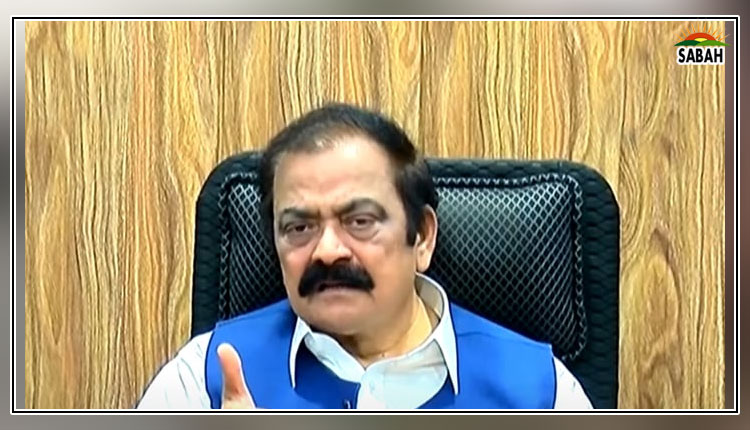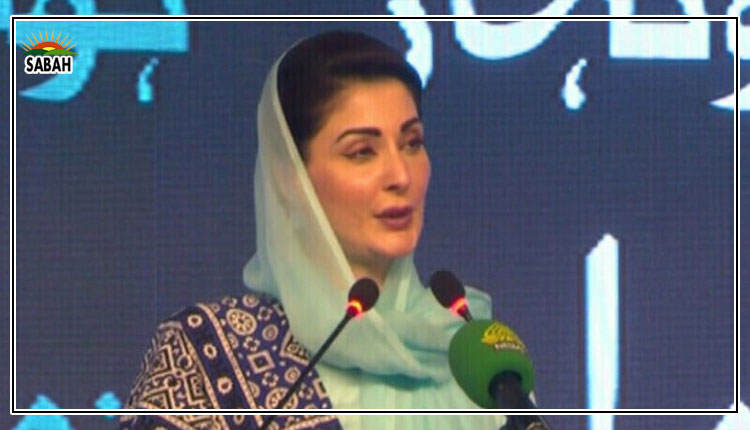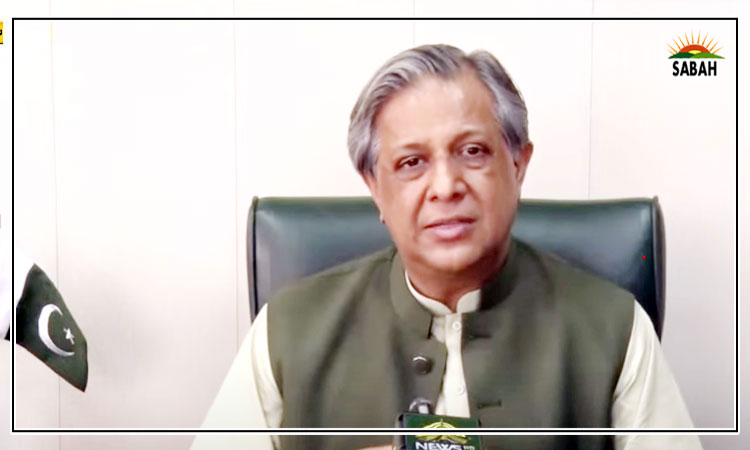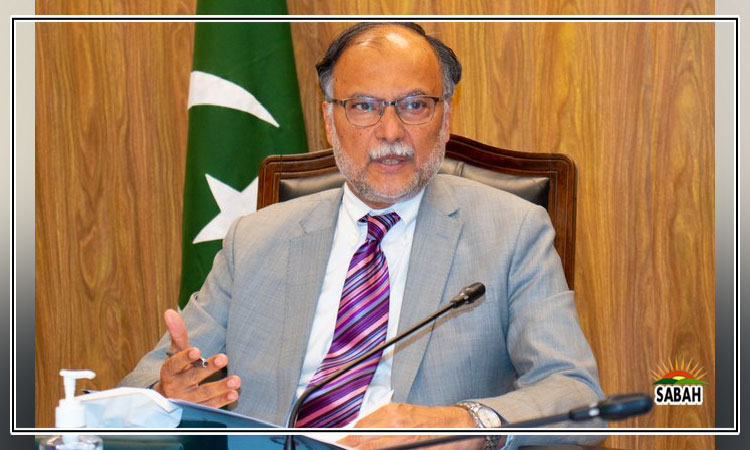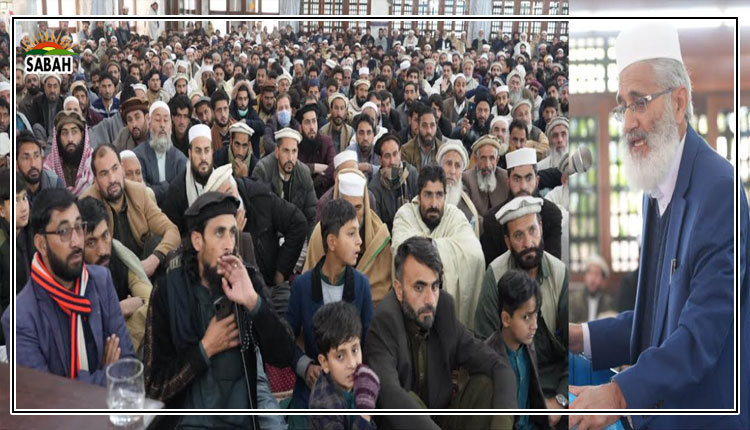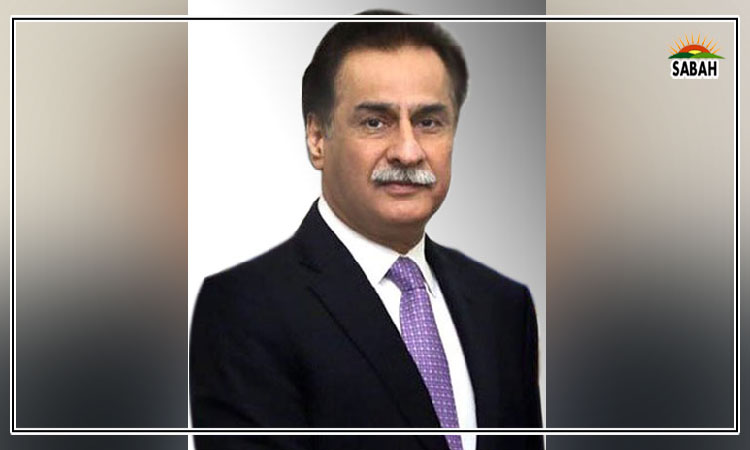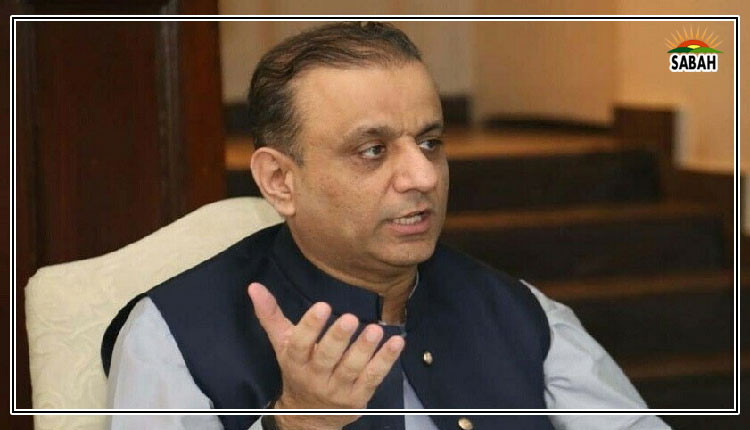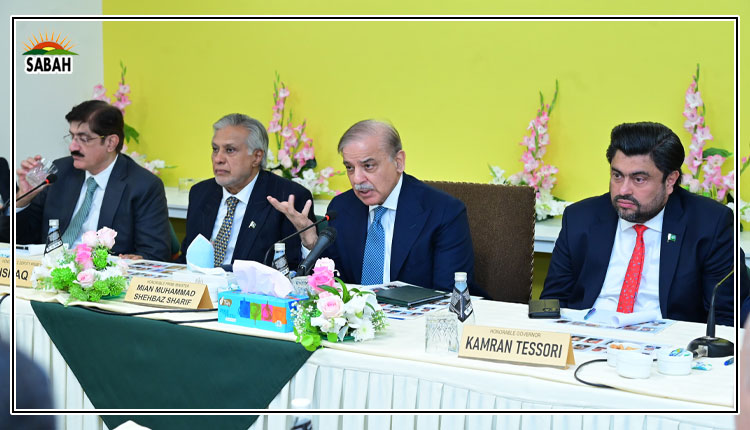How to pay for electricity relief… Dr Pervez Tahir
Everyone except the caretaker cabinet knew that relief on electricity bills was not possible with the IMF Stand By in place. Yet, the cabinet took a good three days to say the obvious. So much for the competence of a technocratic setup. Perhaps the cabinet was thinking that recruiting un ki bandi as finance minister allowed some latitude. Too bad that things do not work like that at the international level. Amendments to the Elections Act were made precisely to empower the caretaker government to implement the IMF programme, not to deviate from it. The caretakers, it seems, have no plan. With the donor-driven mentality persisting, the IMF has been asked to do our work. Of course, the IMF would want to protect the agreed macroeconomic framework, especially the target of fiscal deficit. Its staff would want to know the alternative sources of revenue in case the taxes shown in the bills are dropped.
Either new taxes will have to be imposed or expenditure reduced. The money raised through new taxes or saved by reducing expenditure will be used to subsidise consumers. There will be the issue of targeting the subsidy, as IMF has no taste for untargetted subsidies. Usually, the government prefers additional taxation rather than reducing expenditure. With regard to taxation, the practice is to tax more than the already taxed. The ease of collection here is preferred over the political and administrative hazards of entering the hitherto untaxed or marginally taxed fields. Whether or not the caretakers are mandated to issue ordinances/SROs in this regard will be another question to be addressed. A viable option is to do what the political governments never want to do. Taxes dont buy votes, but expenditures do. Caretakers are not looking for votes. They must find money to subsidise the bottom two slabs of electricity consumers by cutting expenditures. Understandably, the current expenditures are harder to touch. But development expenditure, especially on the politically motivated programmes and projects, can be reduced without much difficulty. All that needs to done is to stop the releases of money.
Here is a doable list of spending cuts. First, the Public Sector Development Programme (PSDP) for FY24 allocates a hefty sum of Rs80 billion for Prime Ministers Initiatives. The nine schemes included here never went through the normal preparation, appraisal and approval process. Secondly, the PSDP shows a long list of cosmetic projects to be executed by the Planning Commission. An organisation charged with the responsibility of planning for the country should not itself be doing projects. Anyway, there are new, unapproved projects of around Rs10 billion that can be legitimately dispensed with. The two sources PM Initiatives and the Planning Commissions schemes provide enough savings for relief. There are two other areas that can contribute to significant reduction in the fiscal deficit. One, and the most important, relates to provincial schemes funded by the federal government. After the devolution under the 18th Amendment and the earmarking of 57.5% of resources to the provinces in the 7th NFC award, there is little justification for this. In the PSDP for FY24, there is an allocation of Rs50 billion under this head, with a 308 billion throwforward.
Be aware, however, that these are indications of areas to look for temporary relief within the confines of the agreement with the IMF. For a durable solution, however, the reform of the energy sector cannot be postponed any more. Provincialisation, privatisation and deregulation of what exists and alternative and renewable solutions for the future hold the key.
Courtesy The Express Tribune



